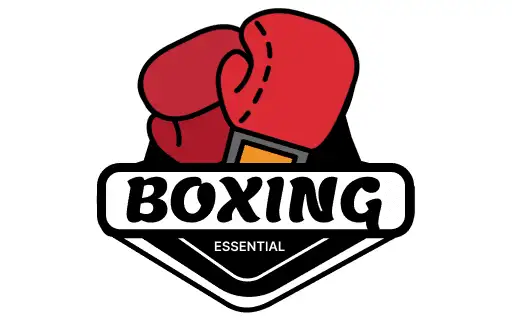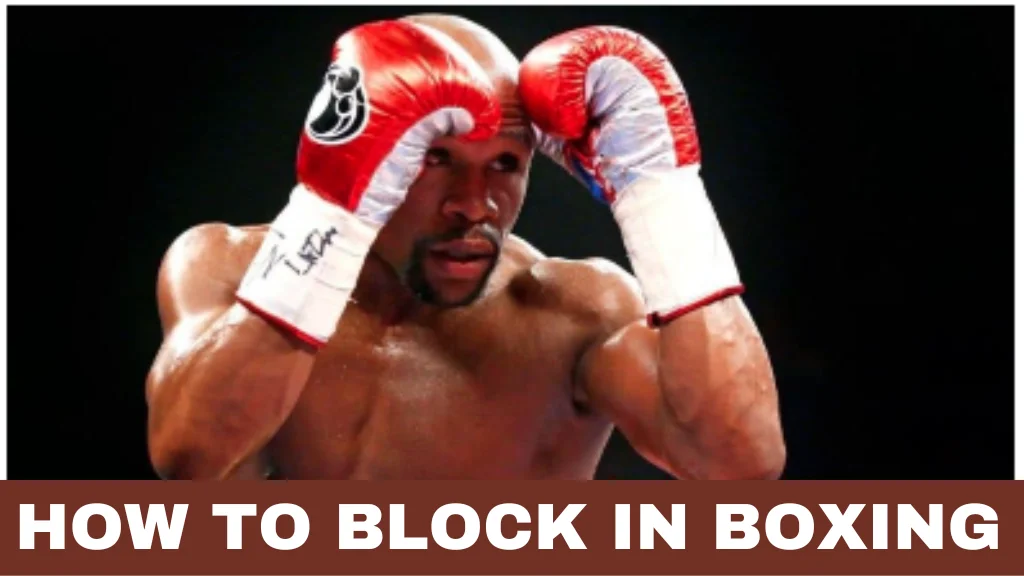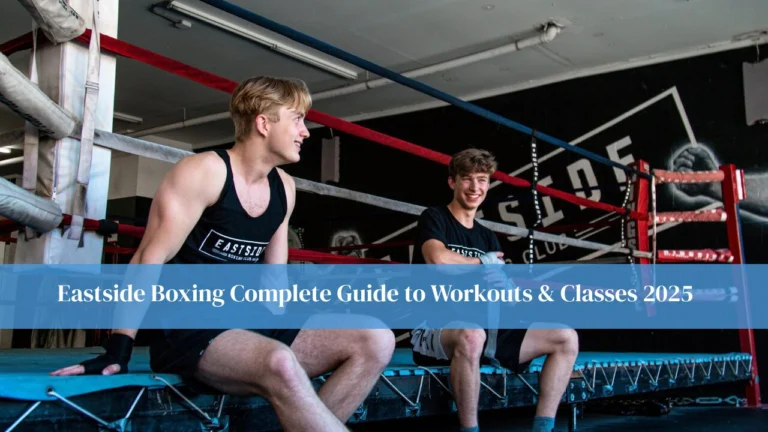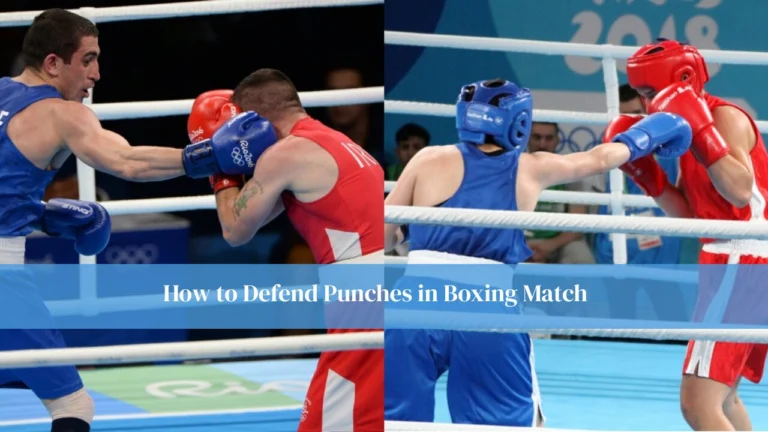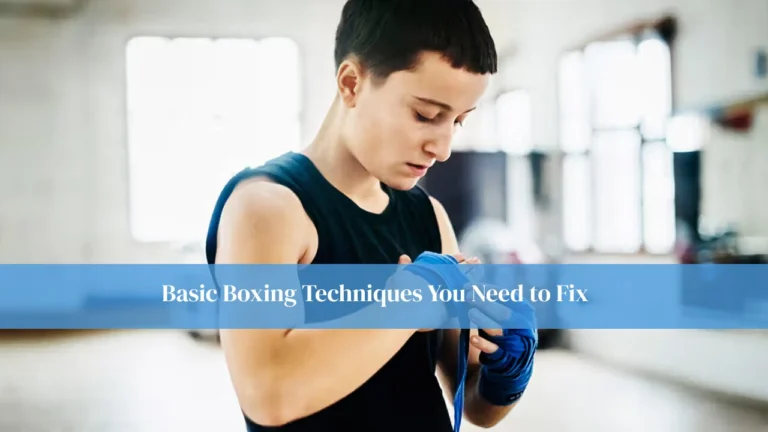While most people associate boxing with powerful punches and aggressive tactics, defense is equally vital. In fact, in high-level boxing, a strong defense often determines the outcome of a fight as much as an effective offense. Defense in boxing involves more than simply dodging punches; it’s about controlling the pace of the fight, conserving energy, frustrating your opponent, and creating precise opportunities for well-timed counterattacks. Among defensive tools, blocking stands out as one of the most fundamental yet sophisticated skills. In this comprehensive guide, we explore the importance of mastering blocking techniques, discuss their variations, and learn how to implement them effectively in the ring.
The Fundamentals of Blocking
Blocking is a defensive method where a boxer uses their gloves, forearms, elbows, or shoulders to stop or deflect an opponent’s punches before they can land cleanly. This technique is about more than just shielding oneself it’s about positioning, timing, and anticipation. By successfully blocking a punch, a boxer not only avoids damage but also maintains control of the exchange and can quickly transition from defense to offense. Blocking also minimizes unnecessary movement, helping conserve energy over the course of long, grueling rounds. A boxer who can block well forces their opponent to take risks, which in turn opens them up for mistakes.
How to Block in Boxing
There are different blocking styles that fit specific situations and opponent tendencies. While the concept is simple, stop the punch before it lands; the execution requires precision, discipline, and adaptability. A fighter must constantly read their opponent’s body language, foot positioning, and punching rhythm to decide which blocking method to use at any given moment.
Mastering the High Guard Technique
The high guard is one of the most recognized defensive positions in boxing. In this stance, a boxer raises both gloves to protect the head and face, with the forearms close together to cover the jawline and chin. The elbows are tucked in to reduce openings for body shots, although maintaining a high guard inevitably leaves parts of the torso exposed. This method is particularly effective against aggressive opponents who favor head shots, straight punches, and overhand rights. However, the high guard should not be static. A common mistake among beginners is holding it too stiffly, which reduces the ability to respond quickly. An effective high guard requires subtle adjustments tilting the gloves to deflect shots, absorbing punches with minimal force, and combining small head movements to avoid predictable defense.
Honing the Low Guard Technique
While the high guard focuses on head protection, the low guard offers coverage for the body. By lowering the hands and positioning the forearms to shield the ribs and solar plexus, a boxer can neutralize hooks and straight punches aimed at the midsection. The low guard can also be used strategically to lure opponents into throwing head shots, which can then be avoided or countered. Fighters like Roy Jones Jr. and Floyd Mayweather have effectively used variations of the low guard, pairing it with exceptional reflexes to frustrate opponents. However, the low guard requires careful reading of the opponent’s style dropping your hands too far can leave you dangerously exposed to quick jabs or overhand punches.
Mastering Advanced Blocking Techniques
Beyond basic high and low guard positions, experienced fighters incorporate advanced defensive tools such as catching, parrying, and shoulder rolls. Catching involves absorbing an incoming punch directly into the glove or forearm, neutralizing its impact. Parrying is a more active defense, where you redirect the punch slightly with a quick, controlled movement, using the opponent’s momentum against them. This not only avoids damage but can unbalance the attacker, leaving them open for immediate counters. The shoulder roll, made famous by Floyd Mayweather, uses the lead shoulder to deflect punches away from the head while simultaneously positioning the body for a quick counterpunch. Each of these techniques requires exceptional timing and awareness, as mistimed execution can lead to taking a clean shot.
Enhancing Your Blocking Skills Through Training
To become proficient at blocking, consistent and focused training is essential. Reflex improvement drills help sharpen reaction time, enabling a fighter to respond instantly to an incoming strike. Agility training, such as ladder footwork exercises, enhances the ability to move quickly into the correct position for a block. Shadow boxing with a defensive emphasis is another valuable method—by visualizing an opponent’s attacks, a boxer can practice blocking techniques in combination with movement and counters. Mirror training allows fighters to monitor their form, ensuring that their blocking mechanics are sound. Hand-eye coordination exercises, such as using reflex balls, help improve punch recognition speed, while sparring with a defensive focus provides real-world application of skills. Video analysis of sparring sessions offers valuable feedback, allowing fighters to identify weaknesses in their timing or positioning. Even plyometric exercises contribute to better blocking by developing explosive reactions.
Integrating Blocking into Sparring Sessions
Practicing blocking in live sparring situations is essential to fully understanding its timing and application. Sparring allows fighters to test their defensive strategies against various styles—pressure fighters, counter punchers, and in-fighters all require different defensive adaptations. By making blocking a conscious focus during sparring, a boxer learns how to anticipate combinations, recognize feints, and maintain composure under pressure. Over time, blocking becomes second nature, freeing mental space to think about offense.
Avoiding Common Blocking Errors
Two of the most frequent mistakes boxers make when blocking are over-blocking and poor timing. Over-blocking occurs when a fighter responds to every movement as if it were an incoming punch, leading to excessive energy expenditure and predictable patterns. Skilled opponents can exploit this predictability with feints and delayed strikes. Poor timing, on the other hand, leaves a fighter exposed, reacting too late means absorbing the shot, while reacting too early can create openings. A disciplined defense requires staying calm, reading the opponent’s intentions, and blocking only when necessary.
Physical Fitness The Foundation of Effective Blocking
Blocking is not purely technical; it also depends heavily on physical conditioning. A tired fighter will be slower to react, more prone to mistakes, and less capable of maintaining proper form. Building endurance through cardiovascular training ensures sustained defensive sharpness throughout long bouts. Strength training, particularly for the shoulders, arms, and core, improves the ability to absorb punches without losing balance. Flexibility also plays a role, as stiff movements can make it harder to execute smooth, effective blocks.
Essential Boxing Equipment for Effective Training
High-quality gear enhances both safety and skill development. Well-padded gloves protect the hands while absorbing impact during blocking practice. Headgear is especially important in defensive training, reducing the risk of cuts and head injuries when practicing close-range blocking. A properly fitted mouth guard shields teeth and helps prevent concussions. Hand wraps add extra wrist stability, crucial when catching heavy punches. Body protectors are useful for absorbing body shots during drills, while punch mitts allow trainers to simulate realistic attack patterns for defensive practice. Heavy bags help build strength and endurance, while speed bags sharpen reflexes and timing. Skipping ropes and agility ladders enhance footwork, which is directly linked to positioning for blocks.
Conclusion
Mastering blocking is more than learning to stop punches; it’s about using defense as a platform for control and counterattack. A boxer who blocks well can frustrate opponents, conserve energy, and dictate the rhythm of a fight. The key is a combination of sound technique, sharp reflexes, physical conditioning, and strategic thinking. With patience and consistent training, blocking becomes a natural, seamless part of your boxing skills, helping you stay protected while setting up opportunities to win.
Frequently Asked Questions
Can blocking be used as an offensive strategy?
Yes. Effective blocking can disrupt your opponent’s rhythm and create openings for counterattacks, turning defense into offense.
How often should I practice blocking techniques?
Incorporating blocking drills two to three times per week ensures continuous improvement without overloading your training schedule.
What is the most important thing to remember when blocking in boxing?
Balance and relaxation are critical. The remaining tense slows your reactions, while staying balanced allows you to defend effectively and counter immediately.
